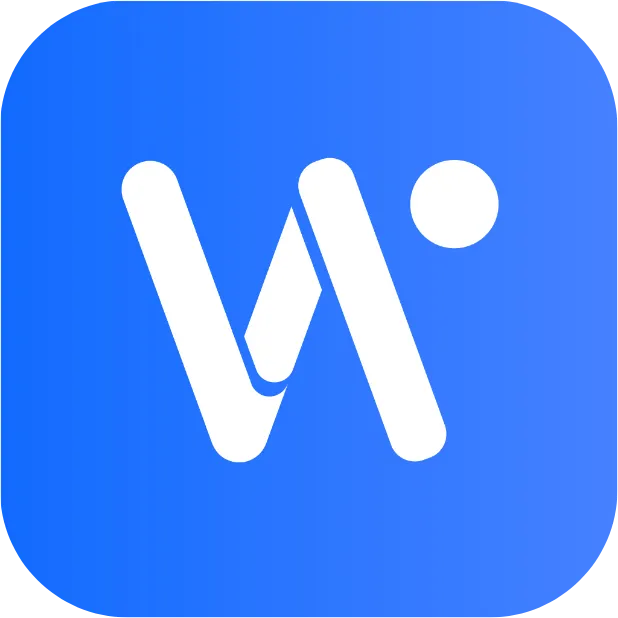How Bing Ads' AI-Powered Search Helps Me Achieve 1316% ROI
The digital landscape is undergoing a seismic shift as generative AI redefines how users interact with search engines. No longer confined to static keyword queries, modern search experiences have evolved into dynamic, multimodal dialogues that blend voice, images, and text. Bing Advertising is at the forefront of this transformation, leveraging AI to create more personalized and engaging ad experiences. Recent data from McKinsey underscores that generative AI is no longer experimental—it’s a fundamental driver of consumer behavior, compressing decision-making timelines and raising expectations for relevance. At Cannes Lions 2025, Microsoft showcased groundbreaking innovations like Brand agents and Showroom ads, demonstrating how AI can amplify human creativity rather than replace it. This article explores how Bing Ads aligns with these trends, backed by real-world case studies and actionable strategies for marketers looking to thrive in this new era.

I. Key Trends Reshaping Search Advertising
The rise of conversational marketing has turned search into a fluid dialogue where users refine queries naturally, often through follow-up questions or voice commands. This shift demands that marketers move beyond traditional keyword targeting and optimize for intent signals embedded in longer, more specific queries. For instance, Flower Chimp capitalized on this trend by using Bing Advertising’s Multimedia and Dynamic Remarketing ads to engage customers in Southeast Asia, resulting in a 231% increase in conversion rates. Multimodal search is another critical trend, with Gen Z and millennials increasingly blending visual, voice, and text inputs. Brands like Gandalf adapted by optimizing Shopping campaigns with AI-driven feed enhancements, achieving a staggering 1,316% ROI. Personalization is the third pillar, as consumers now expect AI to act as a contextual advisor. Samsung’s integration of Copilot tools into their workflow reduced campaign analysis time by 30–40% while doubling ROI during Black Friday 2024. These trends collectively highlight the need for marketers to rethink creative assets, targeting strategies, and measurement frameworks.
II. Bing Ads’ Strategic Alignment with AI Trends
Bing Ads has successfully aligned with AI-powered search through innovative formats and data-driven optimizations. Estácio, a leading Brazilian university, leveraged native and video campaigns to amplify brand visibility during peak enrollment periods, achieving 18 million impressions at a CPC of just $0.057. Gandalf’s success story illustrates the power of AI-optimized Shopping campaigns, where feed quality improvements and keyword exclusions led to a 100% increase in overall revenue. Flower Chimp’s use of rich media ads underscores the importance of multimodal touchpoints, with 5–7% of order revenue directly attributed to Bing Advertising. These cases demonstrate how Bing Ads combines AI with human expertise to deliver scalable results. The platform’s ability to track cross-channel interactions—from initial query to final conversion—enables marketers to refine campaigns in real time, ensuring relevance across evolving consumer journeys.
III. Innovative AI Ad Formats in Bing Advertising
Microsoft’s newest ad formats are redefining engagement by blending AI with immersive experiences. Brand agents, like Brava Fabrics’, act as digital extensions of a brand’s voice, guiding users through personalized product discovery. Showroom ads, piloted with Mercedes-Benz USA, create interactive environments where users explore features in a conversational interface. These formats bridge the gap between inspiration and action, mirroring real-world shopping experiences. Samsung’s adoption of Performance Max campaigns further highlights the potential of AI-driven automation, where ads seamlessly integrate into Copilot chat flows. By aligning with these innovations, marketers can meet consumers in high-intent moments, whether through voice assistants, visual search, or dynamic remarketing. The key lies in structuring campaigns to support these interactions, ensuring creative assets are adaptable across formats while maintaining brand consistency.

IV. Performance Metrics Proving AI’s Impact
Quantitative results validate the effectiveness of AI-powered search advertising. Performance Max campaigns on Microsoft have increased conversion rates by 39% compared to Standard Shopping, while Copilot interactions boost purchase likelihood by 53% within 30 minutes. Gandalf’s 1,316% ROI and Flower Chimp’s 2.4x higher return highlight the tangible benefits of AI optimization. Behavioral metrics also reveal compressed decision cycles, with users completing purchases faster when engaged through multimodal or conversational ads. Industry benchmarks show that AI-driven campaigns consistently outperform traditional search ads, particularly in high-consideration verticals like education (Estácio) and e-commerce (Gandalf). These metrics underscore the importance of adopting AI tools not just for efficiency but for competitive advantage in capturing emerging intent signals.
These results align with Topkee’s data-driven approach, where tools like WEBER’s landing page analyzer and TTO CDP’s audience segmentation ensure ads resonate with intent-rich queries. By combining AI-powered keyword research, attribution-based remarketing, and automated bid rules, Topkee helps advertisers to turn emerging intent signals into measurable growth. Brands continuously refine strategies using insights from Topkee’s conversion tracking and ROI analysis tools, which provide granular metrics on traffic sources, creative performance, and audience segments.
V. Actionable Strategies for Marketers
To capitalize on AI-powered search, marketers must first optimize campaigns for conversational intent. This involves analyzing longer-tail queries and creating ad copy that mirrors natural language. For example, repurposing FAQ-style content into dynamic search ads can align with how users phrase questions in Copilot. Second, developing cross-format creative assets is essential for multimodal touchpoints. Flower Chimp’s success with Multimedia ads demonstrates the value of combining visuals with persuasive copy. Third, leveraging Copilot tools for real-time optimization can streamline workflows, as seen in Samsung’s 30–40% reduction in reporting time. Moreover, implementing Performance Max campaigns guarantees visibility across Microsoft’s ecosystem, spanning from traditional search engine result pages (SERPs) to emerging chat interfaces. Finally, continuous testing and iteration—guided by the platform’s custom report builder—will help refine strategies as AI evolves.
Tools like Topkee’s keyword research service can identify intent-rich queries by evaluating competitors’ strategies and industry trends, ensuring ad copy resonates with conversational search patterns. Topkee’s AI-driven creative production service leverages market trends and product data to generate high-impact text and image assets, streamlining the process of testing variations for chat interfaces, voice search, and visual results. Topkee’s attribution-based remarketing and automated bidding rules further enhance efficiency by segmenting audiences based on behavior and adjusting bids dynamically to prioritize high-intent users.

Future Outlook and Call to Action
The future of search advertising is agentic, where AI-driven brand representatives proactively engage users across platforms. Microsoft’s vision, as demonstrated by Brava Fabrics’ Brand agent and Mercedes-Benz’s Showroom ads, envisions a landscape where ads function less as interruptions and more as trusted advisors. For marketers, staying ahead requires embracing these innovations while maintaining a human-centric approach to creativity. Resources like Microsoft’s generative AI guide can help teams navigate this transition. As the industry moves toward more intelligent, personalized engagement, the brands that adapt swiftly will dominate the moments that matter. To explore how these strategies can elevate your campaigns, connect with a Topkee's Advertising specialist today.







